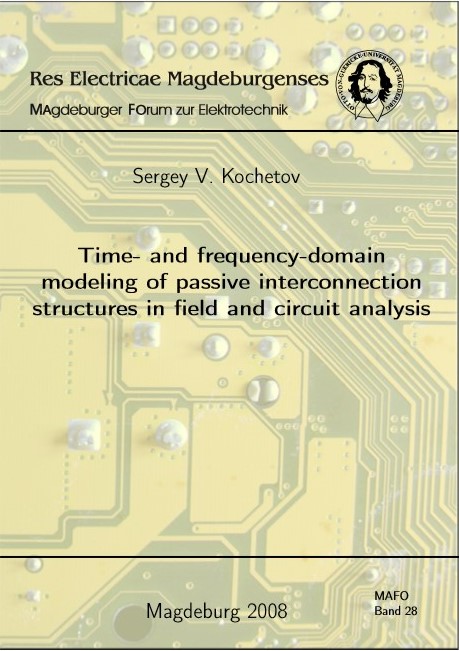Time- and frequency-domain modeling of passive interconnection structures in field and circuit analysis
DOI:
https://doi.org/10.24352/UB.OVGU-2021-068Keywords:
Elektrische Netzwerke und Schaltungen, SchaltkreistechnikAbstract
Throughout the first period of electrical-engineering history, passive interconnections, i.e., conductors serving as the connection of electronic devices or system components, were typically not considered in the system modeling, except for some special cases and "electrically long" structures, which were successfully described via the transmission-line theory. This changed dramatically after the wide-spread introduction of digital, radio-frequency, and microwave technologies, which required transmission via the passive interconnection structures of high-frequency (HF) signals. The parasitic effects introduced by passive interconnections at high frequencies have motivated modern digital-system designers to consider such interconnections more precisely.
Downloads
Published
2019-05-28
Issue
Section
Full text
License
Copyright (c) 2008 Res Electricae Magdeburgenses. Magdeburger Forum zur Elektrotechnik

This work is licensed under a Creative Commons Attribution-ShareAlike 4.0 International License.

